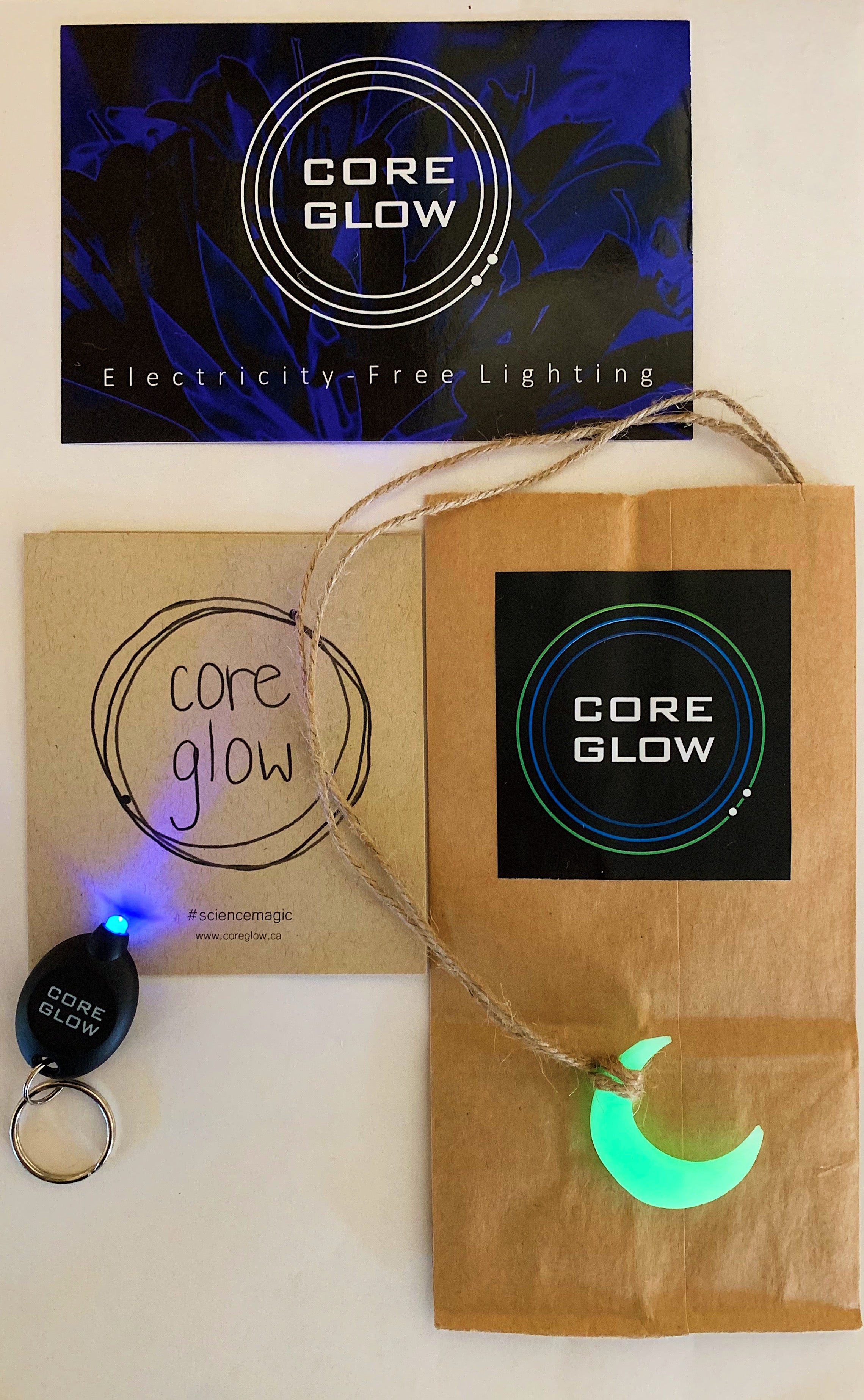
What do Bioluminescent Bays and Astrophysical Observatories have in common? Using Core Glow to reduce light pollution!


Core Glow has now been used to reduce Light Pollution around Deep Space observatories and Bioluminescent Bays around the world.
I wrote a post about Light Pollution a few years ago on the Core Glow site, and since then Core Glow has been used at Astrophysical Observatories around the world to reduce light pollution and 'gently' light up their outdoor walkways at night. The best thing about Light Pollution is that it's the most reversible type of pollution - just #turnyourlightsoff and you've done your part. In light pollution advocacy groups, 'artificial light at night' goes by its acronym, ALAN. Finally, our enemy has a name! ALAN consists of streetlights, sports arenas, commercial signage, security lighting, billboards, etc. that cause diffuse light and contributes to 'skyglow', when the light in an area is bright enough to block out the night sky. In 2016, conservative estimates were that over 23% of our land area experienced light pollution, particular concentrated in urban areas.

Light pollution blocks deep space observation:
To peer into deep space, astrophysical observatories use very light-sensitive equipment to capture tiny flickers of light that have traveled billions of light years through our universe. As you'd imagine, by the time these tiny packets of light reach Earth, they have lost a lot of friends along the way. That's why electric lighting can get in the way of these little signals so easily. If you have experienced the great difference between viewing the night sky from the city compared to a remote location, you have seen first hand the way light pollution blocks out the gentle light from the night sky.
Observatories take extreme measures to reduce light pollution around their huge telescopes; often built on the top of remote mountains, in the desert, and far away from city lights, even that is not enough. Observatories recommend using down-casting red lights for outdoor lighting, and now are using Core Glow stones for people and space-safe safety lighting.

Bioluminescence needs natural darkness to thrive:
Core Glow has also been used around bioluminescent bays for the same reason - bioluminescent creatures are intrinsically more sensitive to light pollution because they use light to communicate at night. Light pollution disrupts their ability to signal and communicate with their communities - just think of all the fireflies who think they got left on read.
Bioluminescent algae operates on a circadian rhythm where their entire interior cell structure revolves every 12 hours; during the day they perform photosynthesis to create energy, which requires different organelles at the cell surface. Then at night they switch so the scintillons are at the cell surface, which product bioluminescent enzymes that cause the amazing glowing phenomena that happens when you splash.
One of the brightest bioluminescent bays in the world, Puerto Mosquito in Puerto Rico, has used Core Glow to fix their light pollution concerns while ensuring safe travel to and from the bay. The Vieques Conservation & Historical Trust (VCHT) removed the bright street lights that were originally installed around their rare bioluminescent bay, and installed in a Core Glow path instead.
This glowing path also gave everyone's eye's time to adjust to the darkness and appreciate the bioluminescent algae in the bay. The VCHT has made huge strides to ensure that the main economic driver of their island - tours of the bioluminescent bay, also helps restore and conserve this beautiful, rare, and mysterious ecosystem.
Why mysterious? We still don't know exactly how these special dinoflagellates, or pyrodynium bahamense, survive, as every effort to raise them in the lab has failed.
There is something intrinsic to this special ecosystem that we still don't understand, and that goes for nearly ALL single celled species we try to culture in the lab. This is just one example of many where we don't quite understand all the complex, interconnected, and incredibly important symbiosis that occurs to create thriving ecosystems.
For an in-depth coverage of the many impacts of Light Pollution, read this well-curated report by the Royal Astronomical Association of Canada, and visit the ever inspiring International Dark Sky Association website.
With all that we have to work on, we are proud to play our part in reducing light pollution, supporting scientific endeavors and ecosystem conservation, and are constantly in awe of the people we get to work with.
Always,
Paige
More Resources on Light Pollution and Global Initiatives working to protect sensitive species:
Fireflies are endangered and scientists formed an international action group to help prevent their extinction:
Science Alert, BioSciences, Species Survival Commission Report



![Light Pollution Explorer Kit [Downloadable]](http://shop.coregravel.ca/cdn/shop/articles/lightpollutionexplorer__13518.jpg?v=1607367704&width=800)